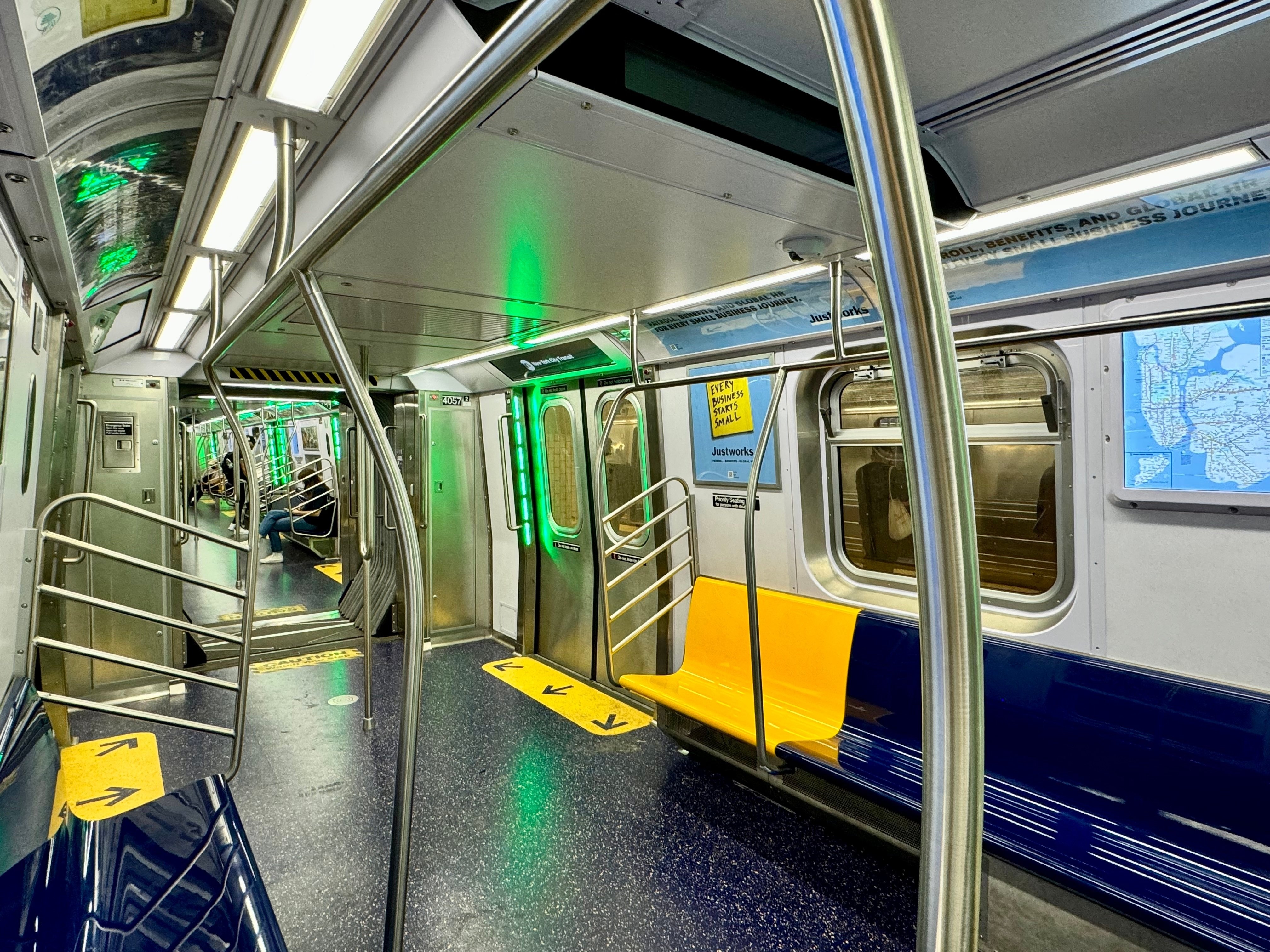Optimizing Urban Transit with Real-Time Data Integration
.png)
Zencity
The Platform for Community Trust
Local governments are always seeking new ways to streamline operations, improve services, and respond to the needs of their residents. One area that holds untapped potential is the integration of transit data into citywide performance dashboards. By doing this, cities can gain a more comprehensive view of urban mobility, infrastructure performance, and how well services are meeting the public’s expectations. This holistic view allows for smarter, data-driven decision-making, benefiting both city management and the communities they serve.
Why Transit Data Matters
Public transportation is a key element of urban life, affecting everything from economic development to environmental sustainability. When transit systems are efficient, cities experience reduced traffic congestion, lower emissions, and improved accessibility for residents. However, managing these systems is a complex challenge that requires real-time data and the ability to make quick adjustments. This is where the power of integrated dashboards comes into play.City leaders who can track transit performance in real-time alongside other metrics—such as traffic patterns, road maintenance, or public safety—gain a broader understanding of their city’s overall health. For example, a spike in late buses could be linked to roadwork or an increase in traffic accidents, insights that may not be obvious without combining multiple data sources.
Benefits of Data Integration
- Real-Time Insights
Integrating transit data with other city metrics allows officials to get a real-time snapshot of how public transportation is functioning. Real-time updates on bus schedules, train delays, and service disruptions can be monitored alongside other vital city services. This makes it easier to identify patterns and make adjustments, whether it's redirecting resources or coordinating with emergency services. - Enhanced Service Planning
With access to integrated data, transportation planners can better understand usage patterns and where demand is strongest. Combining transit data with population density maps or land-use data can inform better planning for new routes or stops, leading to more efficient services that truly meet the needs of the community. For example, a city may discover that a bus route is underutilized, but a nearby neighborhood is experiencing rapid growth. Adjustments can be made before transit issues impact residents. - Improving Public Trust
Transparency is key to building trust between city governments and residents. A performance dashboard that includes transit data allows the public to see how well their city is performing and how it’s responding to challenges. Residents can monitor improvements and understand the reasoning behind certain decisions, like temporary route changes or increased fare prices. This openness fosters a stronger sense of engagement and accountability. - Supporting Climate Initiatives
Many cities are working to reduce their carbon footprints by promoting public transportation as a greener alternative to individual car use. By integrating transit data with environmental metrics, city leaders can assess the impact of their initiatives. For instance, they could track how increased bus ridership correlates with lower vehicle emissions in a particular area, helping to validate green initiatives and secure future funding for sustainable projects.
Overcoming Challenges in Integration
While integrating transit data into a citywide dashboard offers immense potential, it also comes with challenges. Cities must address issues related to data standardization, as different departments often collect and format data in varying ways. Additionally, ensuring data privacy and security is critical, particularly when working with real-time transit information.
One effective solution is to adopt open data standards that promote compatibility between different systems. Many cities are already implementing such standards, which enable them to seamlessly integrate multiple sources of data across departments. Similarly, working with a data provider that prioritizes security and transparency can help address concerns related to privacy.
Moving Forward with Smart Data Solutions
The future of city management lies in data-driven decision-making. As cities evolve, leaders must leverage every tool at their disposal to keep up with increasing demands. Transit data is a critical piece of the puzzle. By integrating it into citywide performance dashboards, local governments can gain the insights they need to optimize public services, improve transportation efficiency, and make informed, strategic decisions that benefit all residents.
Integrating transit data isn’t just about making systems run smoother—it’s about creating smarter, more responsive cities that prioritize the well-being of their communities.
%20copy-1.png?width=544&height=120&name=Logo_black%20(1)%20copy-1.png)




